A History of the World in 100 Objects
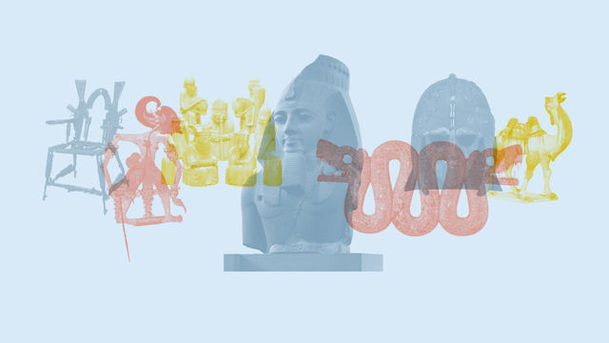
Director of the British Museum, Neil MacGregor, narrates 100 programmes that retell humanity's history through the objects we have made
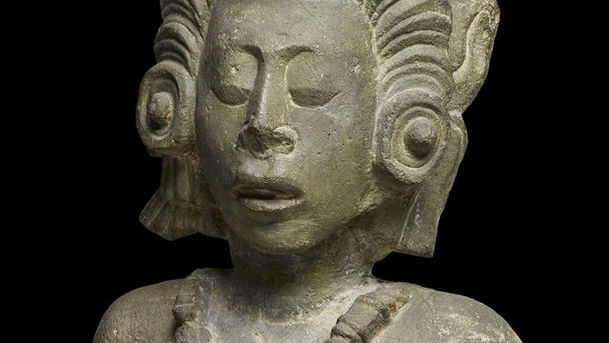
A History of the World in 100 Objects - After the Ice Age: Food and Sex (9000 - 3500 BC)
Neil MacGregor's story takes him to the end of the Ice Age, as the first farmers created objects to consume new foods, venerate new gods and even take a new look at sex
Details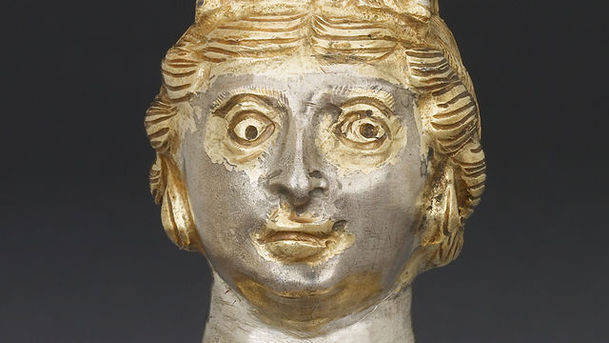
A History of the World in 100 Objects - Ancient Pleasures, Modern Spice (1 - 600 AD)
Throughout this week Neil MacGregor, Director of the British Museum, explores the ways in which people sought pleasure around the world 2,000 years ago: from pipe smoking to sex
Details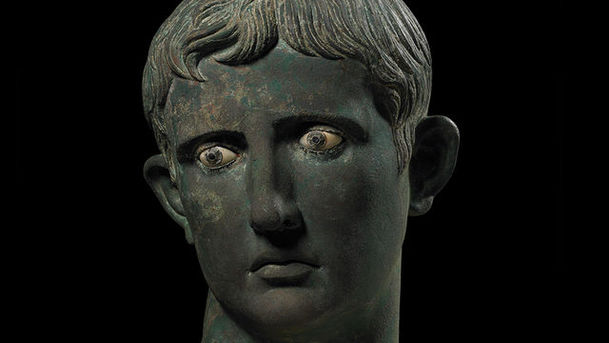
A History of the World in 100 Objects - Empire Builders (300 BC - 1 AD)
Neil MacGregor continues his global history told through objects. This week he is with the great rulers of the world around 2,000 years ago
Details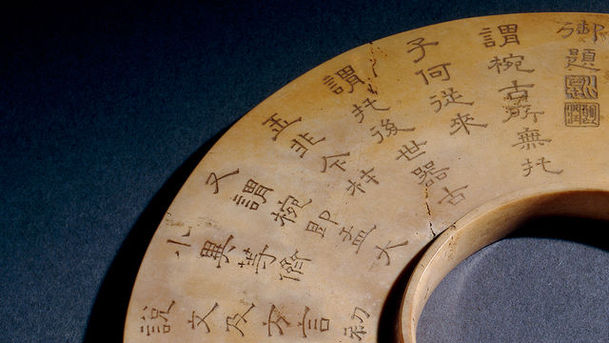
A History of the World in 100 Objects - Exploration, Exploitation and Enlightenment (1680 - 1820 AD)
Neil MacGregor goes back to the 18th century to look at the Age of the European Enlightenment, through five objects from different cultures around the world.
Details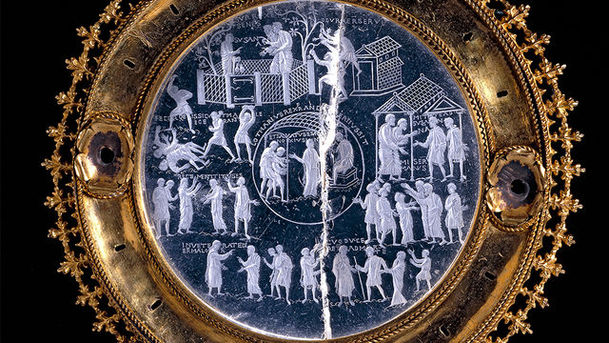
A History of the World in 100 Objects - Inside The Palace: Secrets At Court (700 - 950 AD)
From the inside of a harem to inside a Chinese grave, five objects shed light on the lives of the ruling elites 1200 years ago
Details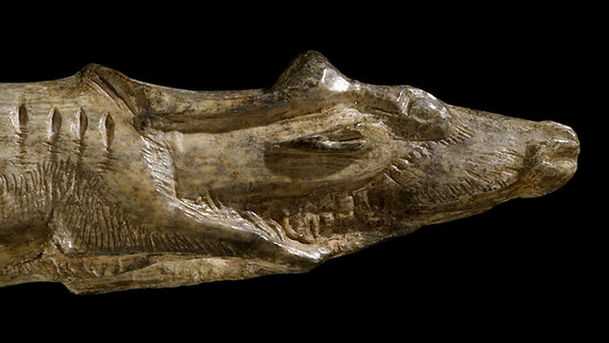
A History of the World in 100 Objects - Making Us Human (2,000,000 - 9000 BC)
Neil MacGregor tells the story of two million years of our development through a hundred objects in the British Museum. We begin with the first that make us human
Details
A History of the World in 100 Objects - Mass Production, Mass Persuasion (1780 - 1914 AD)
Neil MacGregor uses five objects to highlight the shifts in the balance of economic, political and imperial power in the C19th - and the enormous consequences across the rest of the world.
Details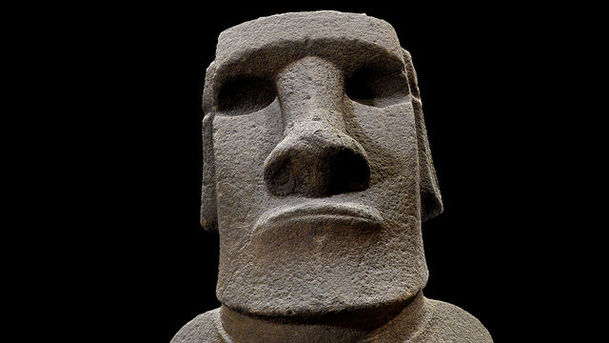
A History of the World in 100 Objects - Meeting The Gods (1200 - 1400 AD)
From Mexico to Easter Island, the followers of many world religions used objects to become closer to their gods. Neil MacGregor finds five such devotional items
Details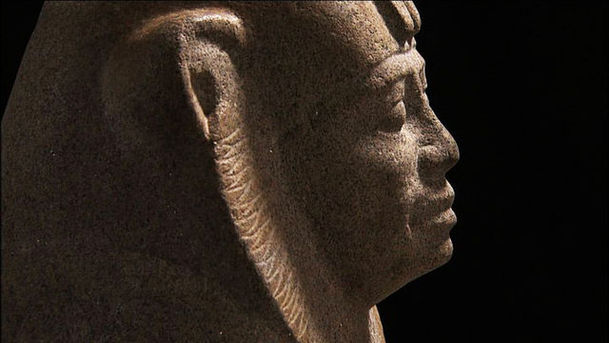
A History of the World in 100 Objects - Old World, New Powers (1100 - 300 BC)
From the very first coinage to burial shrouds, Neil MacGregor decodes five objects to reveal the ambition of new regimes across the world.
Details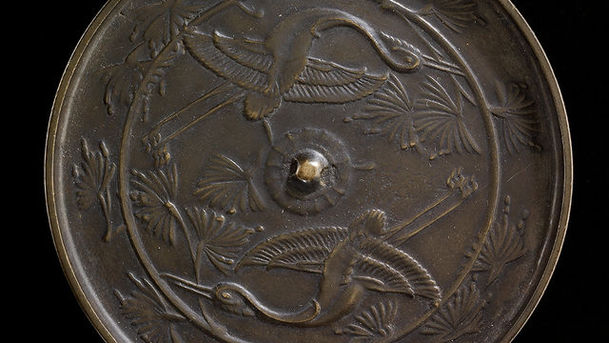
A History of the World in 100 Objects - Pilgrims, Raiders and Traders (900 - 1300 AD)
Neil MacGregor uses five objects from the British Museum's collection that show how, even 1,000 years ago, trade, war and religion moved objects freely around the globe
Details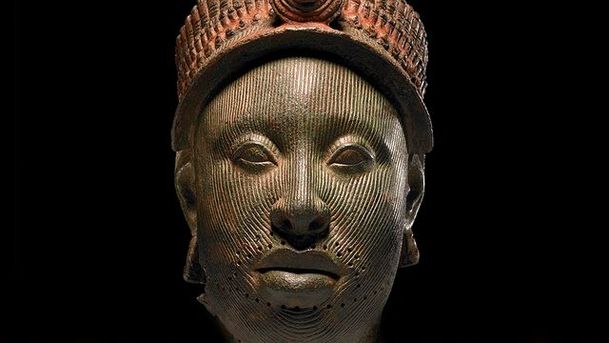
A History of the World in 100 Objects - Status Symbols (1200 - 1400 AD)
Neil MacGregor explores this period of learning and scientific achievement through magnificent objects which were used by the wealthy to reflect their status
Details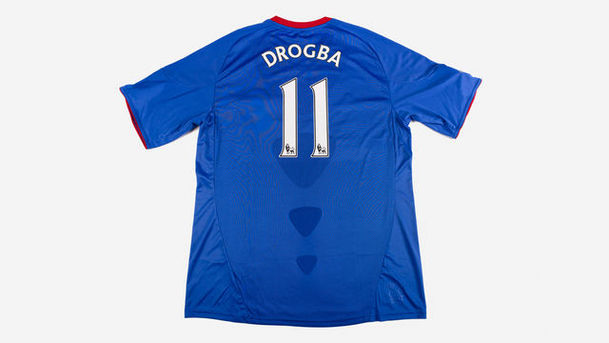
A History of the World in 100 Objects - The 100th Object
As Neil MacGregor's world history comes to an end, Evan Davis visits the British Museum to discover what objects were contenders for the last, 100th, episode.
Details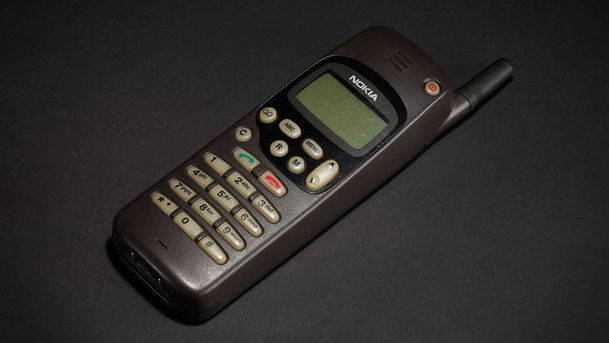
A History of the World in 100 Objects - The 100th Object
As Neil MacGregor's world history comes to an end, Evan Davis visits the British Museum to discover what objects were contenders for the last, 100th, episode.
Details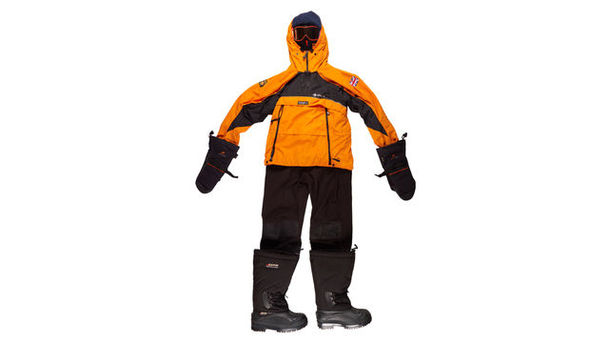
A History of the World in 100 Objects - The 100th Object
As Neil MacGregor's world history comes to an end Evan Davis visits the British Museum to discover which objects were contenders for the last, 100th, episode.
Details
A History of the World in 100 Objects - The 100th Object
As Neil MacGregor's world history comes to an end, Evan Davis visits the British Museum to discover what objects were contenders for the last, 100th, episode.
Details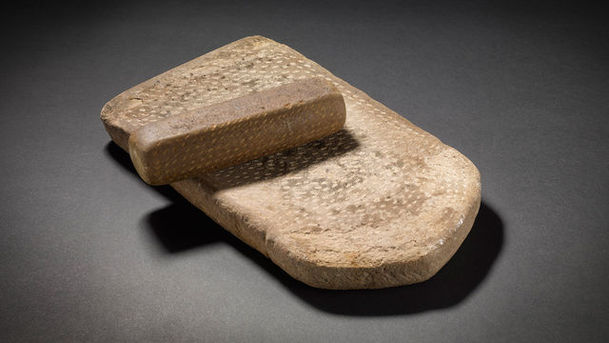
A History of the World in 100 Objects - The 100th Object
As Neil MacGregor's world history comes to an end, Evan Davis visits the British Museum to discover what objects were contenders for the last, 100th, episode.
Details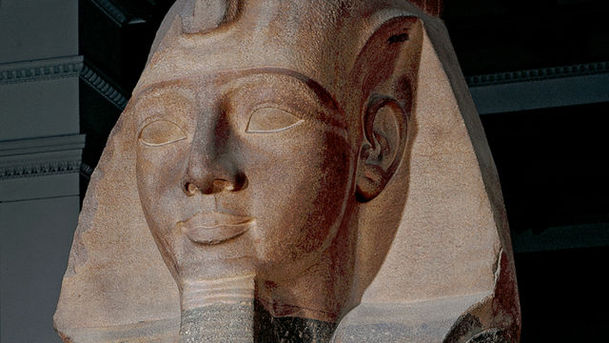
A History of the World in 100 Objects - The Beginning of Science and Literature (1500 - 700 BC)
4,000 years ago societies were becoming more sophisticated. Among this week's objects are the earliest examples of literature and science
Details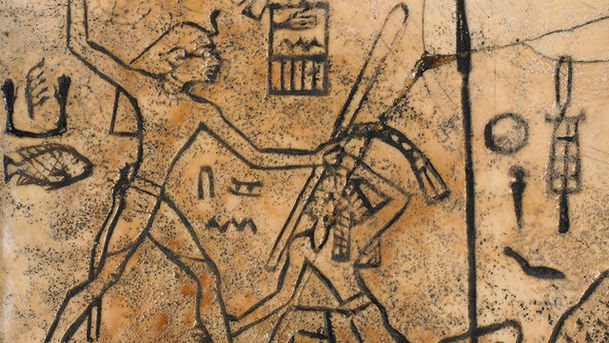
A History of the World in 100 Objects - The First Cities and States (4000 - 2000 BC)
Five objects from the British Museum's collection tell the story of the emergence of the earliest cities in the river valleys of North Africa and Asia
Details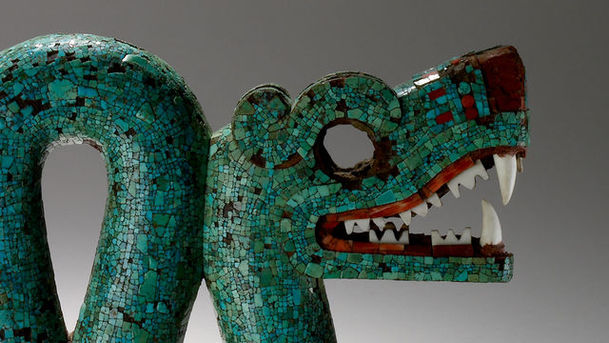
A History of the World in 100 Objects - The First Global Economy (1450 - 1600 AD)
Neil MacGregor uses objects from around the world to chart Europe's expanding maritime trade and empires that created the first global economy between 1450 and 1600.
Details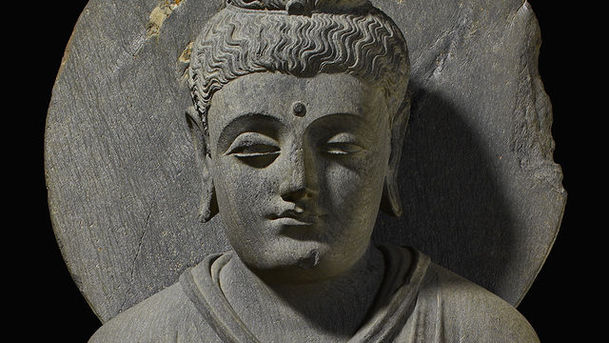
A History of the World in 100 Objects - The Rise of World Faiths (200 - 600 AD)
Neil MacGregor, Director of the British Museum, explores when and how many of the great religious images we are familiar with today came into existence
Details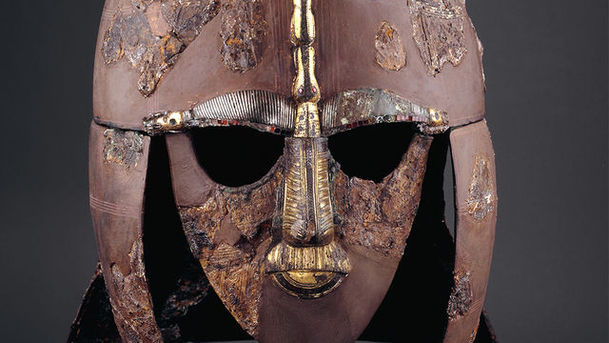
A History of the World in 100 Objects - The Silk Road And Beyond (400 - 700 AD)
Five objects from the British Museum tell the story of the movement of goods and ideas, along the Silk Road out of China, to Korea and even as far as East Anglia
Details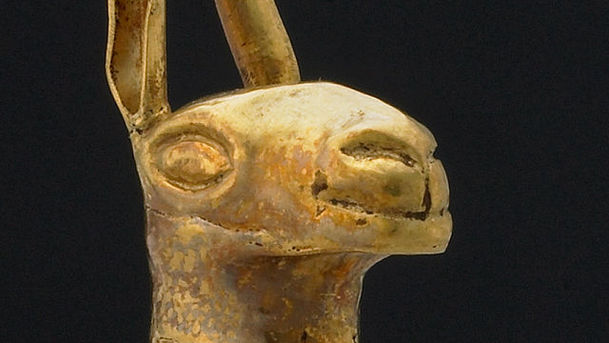
A History of the World in 100 Objects - The Threshold of the Modern World (1375-1550 AD)
This week Neil MacGregor is exploring the great empires of the world around 1500 - from the Inca in South America to the Ming in China and the Timurids in the Middle East.
Details
A History of the World in 100 Objects - The World in the Age of Confucius (500 - 300 BC)
2,500 years ago thinkers such as Confucius and Plato were exploring how people should live, but can objects like the Parthenon sculptures or a golden chariot tell us more?
Details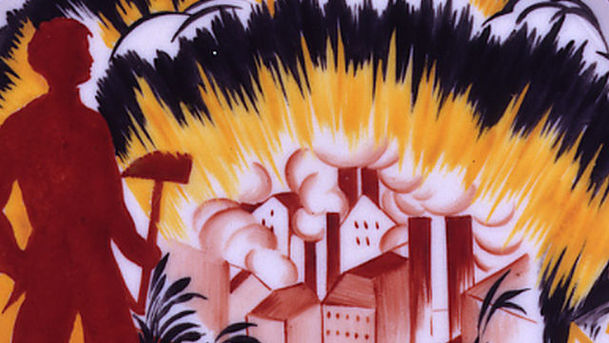
A History of the World in 100 Objects - The World of Our Making (1914 - 2010 AD)
Neil MacGregor concludes the series with five objects from the C20th and C21st whose stories explore different aspects of our world from plastics to propaganda, sexual revolutions to war.
Details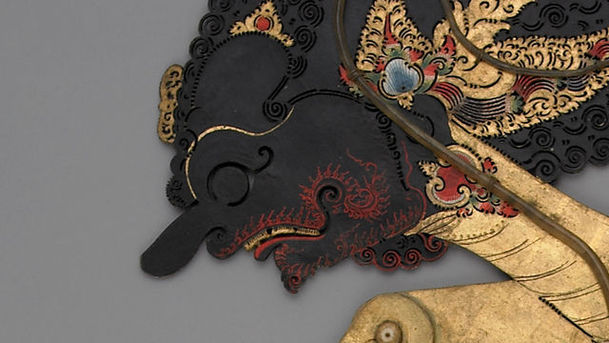
A History of the World in 100 Objects - Tolerance and Intolerance (1550 - 1700 AD)
Neil MacGregor charts the relationships between faiths across the globe around 400 years ago, looking at objects from India and Central America, Europe and Indonesia.
Details